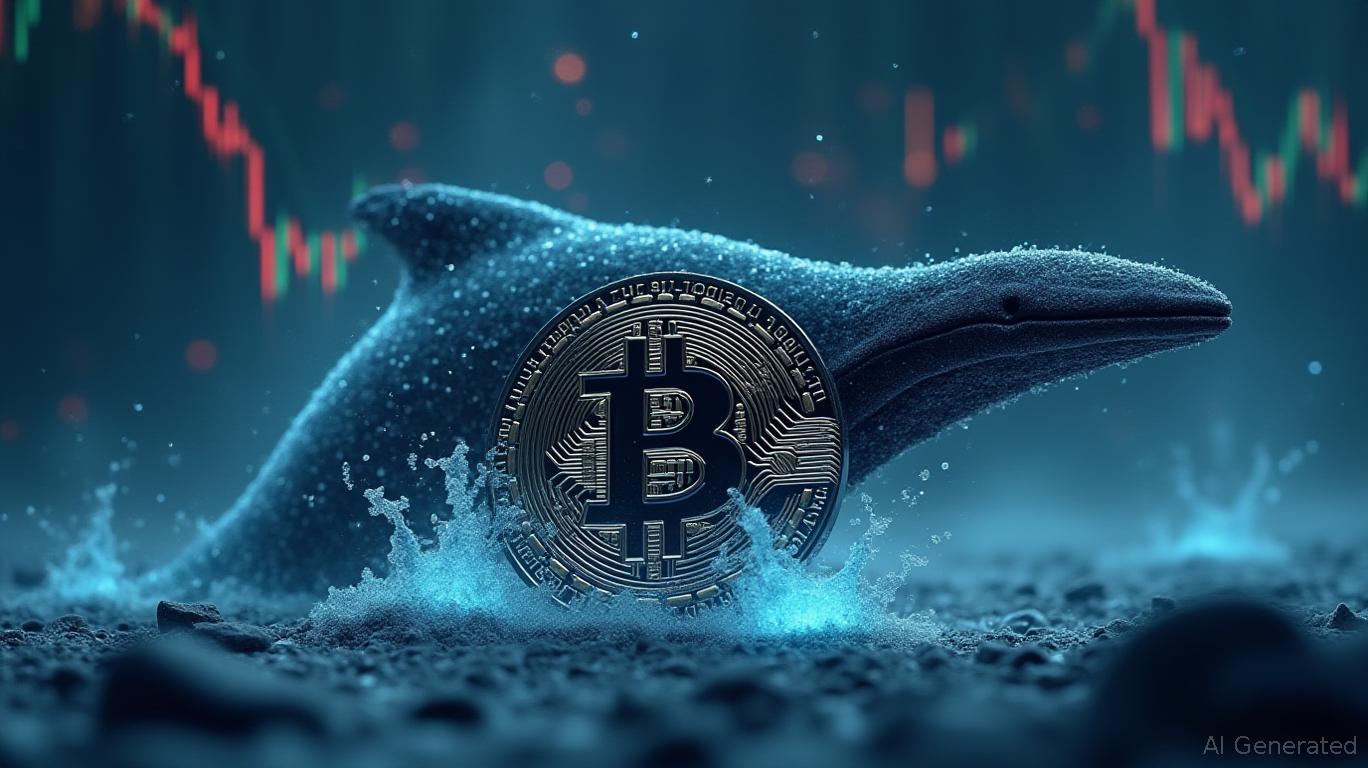Soybean Market Slump and Rare Earth Disputes Intensify Crucial Trade Negotiations Between China and the US
From October 24 to 27, 2025, China and the United States wrapped up another critical round of trade negotiations in Kuala Lumpur, aiming to ease ongoing tensions before a possible meeting between President Donald Trump and Chinese leader Xi Jinping at the APEC summit in South Korea. These discussions, which took place alongside the ASEAN Summit, centered on resolving disputes involving rare earth exports, restrictions on semiconductor trade, and tariffs on agricultural goods. Malaysia’s neutral stance played a pivotal role in facilitating the talks, according to an
One of the main topics was the dramatic drop in U.S. soybean shipments to China, which fell to zero in September 2025—the first time since November 2018. Steep tariffs and China’s shift toward suppliers in Brazil and Argentina have resulted in major losses for American farmers. Trump described the halt as a "negotiating strategy" by China, UkrAgroConsult reported. At the same time, China’s new export restrictions on rare earth minerals—essential for tech and defense—led Trump to threaten a 100% tariff on Chinese imports, accusing Beijing of using its resources as leverage, according to

The negotiations were intended to improve strained relations before the APEC summit, where Trump and Xi might agree on a broader framework. U.S. Treasury Secretary Scott Bessent and Chinese Vice Premier He Lifeng—both top economic advisors—led the talks, indicating a willingness to find common ground while maintaining strategic advantages, CryptoRank noted. Experts stressed the need to prolong the current trade ceasefire, which is due to end on November 10, to prevent further disruption to the global economy, as reported by
Progress in agricultural trade, especially soybeans and corn, was seen as a possible breakthrough. Despite the decline in U.S. exports, China remained the world’s top soybean importer, bringing in 12.87 million tons in September 2025. Fortune pointed out that a new agreement could restore significant revenue for U.S. farmers and help stabilize food prices worldwide, UkrAgroConsult observed.
The discussions also highlighted Malaysia’s increasing diplomatic clout. As chair of ASEAN, Malaysia hosted the negotiations to avoid external political pressure and to leverage its position in the semiconductor industry, which is crucial to both countries. U.S. officials commended Kuala Lumpur’s role in supporting stable supply chains for electric vehicles and consumer electronics, according to the CryptoRank article.
On October 26, Chinese negotiator Li Chenggang announced that a preliminary agreement had been reached on extending the trade truce, controlling fentanyl, and regulating exports, though details were not made public, as reported by
These negotiations unfolded amid wider geopolitical strains. Indian Prime Minister Narendra Modi did not attend the ASEAN summit in person, reportedly to avoid a direct encounter with Trump, who has criticized India’s ongoing oil purchases from Russia, U.S. News reported. This underscores the complex dynamics of trade and diplomacy in a region increasingly influenced by both U.S. and Chinese interests.
With the APEC summit drawing near, both countries are under pressure to prevent a renewed trade conflict. The results of these talks could have far-reaching effects on their relationship, global supply chains, and economic stability.
Disclaimer: The content of this article solely reflects the author's opinion and does not represent the platform in any capacity. This article is not intended to serve as a reference for making investment decisions.
You may also like
Zelle Adopts Stablecoins to Address Challenges in Cross-Border Payments
- Zelle plans to expand international remittances using stablecoins, leveraging its $1T domestic transaction network and 150M users. - Backed by JPMorgan, Bank of America, and Wells Fargo, the move targets speed, cost, and compliance challenges in cross-border payments. - The initiative aligns with U.S. regulatory clarity post-GENIUS Act, positioning stablecoins as a bridge between traditional finance and blockchain. - Challenges include AML/KYC compliance and competition from PayPal, crypto-native stablec

Hyperliquid News Today: DEXs Break $1 Trillion Milestone, Fueling the Rise of Virtuals
- Virtuals Protocol (VIRTUAL) surged in October 2025 amid DeFi growth and rising on-chain derivatives demand, as decentralized perpetual exchanges (DEXs) hit $1T+ monthly trading volume. - Hyperliquid led the rally with $317B traded, while rivals like Aster and Astros expanded DEX infrastructure, pushing DEXs to 26% of crypto-derivatives market share. - Despite security risks (e.g., Bunni DEX’s $8.4M exploit), DeFi resilience persists, with tokens like Pump.fun (PUMP) and Jupiter’s JUP seeing TVL gains and

Bitcoin Updates: Major Whale Makes Bold Long Position Despite Market Uncertainty After Liquidations
- Whale 0x960 opened $37M BTC/ETH long positions with 15x leverage, risking liquidation at $3,705 (BTC) and $10,500 (ETH). - BTC ETFs gained $90.6M inflows while ETH ETFs lost $93.6M, reflecting diverging investor sentiment amid $111K BTC and $3,932 ETH prices. - Recent $19B crypto liquidation event highlighted market vulnerability to whale-driven shorting, with 79% of traders expecting prolonged US government shutdown. - Divergent whale strategies show $8.09M gains vs. $5.52M losses, while BTC crossing $1

Bitcoin Updates: BTC Whale's Bold Short Position—$1 Million at Stake as Collateral, Facing Potential $4 Million Loss
- The "100% Win Rate Whale" added $1M in USDC to its BTC short, raising the liquidation price to $118,409 amid a $4.07M unrealized loss. - A separate whale (0x960) opened $37M in BTC/ETH long positions, highlighting market divergence as others bet on recovery. - Analysts note Trump's trade policies and macro factors will drive BTC's next move, with the $118,409 level critical for the whale's position.
